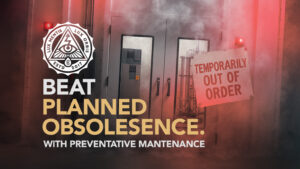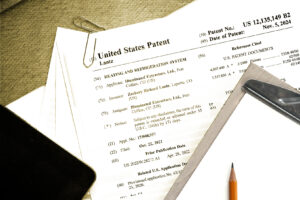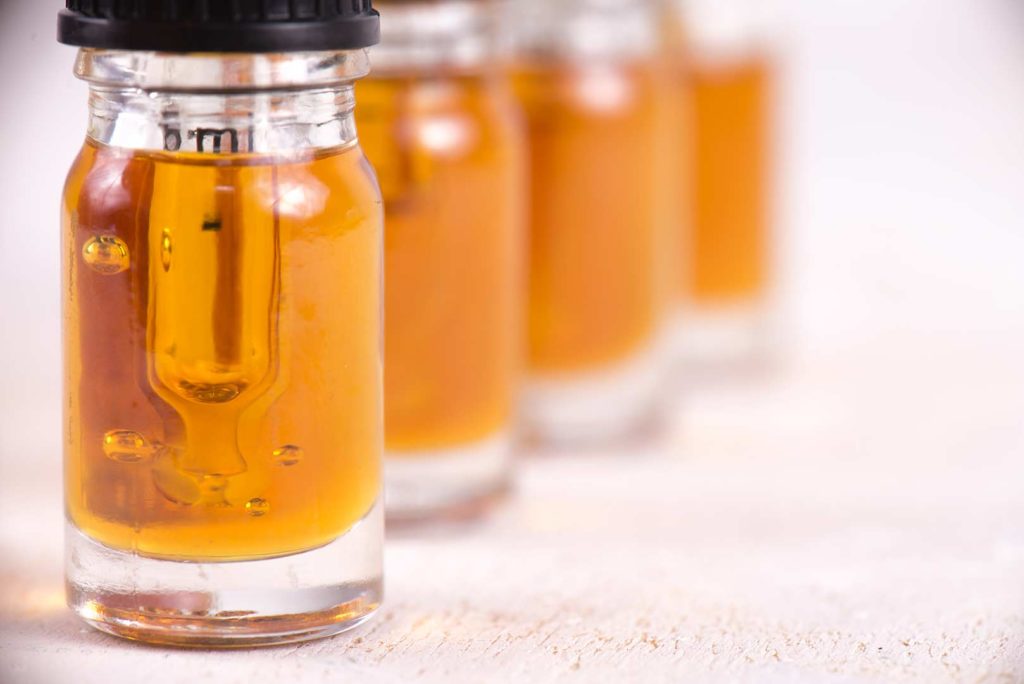Do
1. Handle plant biomass with care
While the plants used in botanical extraction are extremely robust, the special compounds that make them highly desirable in the consumer market are somewhat fragile. These compounds—cannabinoids, trichomes, and terpenes—are what you’re after in the extraction process. Damaging them will render your final product worthless in the marketplace.
Tips to protecting plant material headed for extraction:
- Flush plants with water to use up stored nutrients
- Remove large fan leaves
- Trim plants with care
- Properly dry plants
- Cure plants
2. Use the correct extraction technique for desired product
Extraction is the first step in separating the desired natural products from the raw plant materials. However, not all extractions are created equal. There are a number of different extraction methods. Each one interacts in unique ways with the biomass, and that interaction produces a variety of different extract products.
Different Plant Extracts:
- Oils
- Wax
- Budder
- Crumble
- Shatter
- Live Resin
- Isolate
- Rosin
- Kief
Different Extraction Methods:
- Closed-Loop Hydrocarbon: Using propane and butane solvent blends, processors can create a wide range of concentrates, including live resin, shatter, and crumble.
- Alcohol/Ethanol: Great for producing distillates or isolate products, but not full-spectrum products with a higher percentage of terpenes.
- Supercritical Carbon Dioxide (CO2): Generally, CO2 extraction does not leave any residual toxins. As such, this method is great for edibles like gummies.
- Solventless: Non-chemical extraction techniques include agitation, heat, and pressure extraction. Agitation produces dry sift kief, while heat and pressure extraction produces a sticky, dark, potent oil known as rosin.
3. Be fully trained on the equipment you have
Conducting training exercises—for both you and your team members—goes a long way in keeping the extraction operation running smoothly and safely. Properly trained employees know exactly how to handle hazardous material and are well-versed on all the ins and outs of the machinery used for extraction.
Ensuring everyone in the facility has expert knowledge on the extraction equipment is probably the most important part of training.
If you work primarily in closed-loop hydrocarbon extraction, bringing in someone who is an expert in solventless extraction doesn’t make business sense. What’s more, teaching someone the basics of ethanol extraction when you specialize in CO2 extraction is a waste of everyone’s time.
Train smart and train often.
4. Have a service and maintenance plan for your equipment
Not only does regular cleaning and maintenance of botanical extraction equipment keep everyone safe, it also ensures optimal performance and maximum yield. Proper upkeep is crucial to maintaining a long-term foothold in the extract marketplace, so you need to know when to clean and how to clean, as well as when to schedule maintenance and when to replace certain parts.
- Know your extractor components: Understand how the machinery works and the type of care it needs to work efficiently.
- Know what and when to clean: Monitor your equipment and set a cleaning schedule to avoid downtime.
- Keep a maintenance log: Each extraction machine should have its own log book that documents all maintenance.
- Keep extra parts on hand: A supply of extra parts and consumables helps avoid a system failure due to missing components.
Not only does Illuminated Extractors supply you with the equipment you need for a host of extractions, we can also help with service and maintenance plans.
5. Do the math
If botanical extraction was as easy as pressing a big red “on” button and walking away until a loud buzzer goes off, more people would do it. The truth is, professional extractors must have an intimate knowledge of extraction and the machinery, along with the processing power of your hydrocarbon extraction machine. This empowers you to spot opportunities for automation.
Automating certain processes of extraction helps:
- The operation function more cost effectively
- Eliminate labor costs
- Maintain a more consistent end product
- Avoid human error
- Optimize the extraction process so that it’s most conducive to success
Don’ts
Realizing the fruits of a successful botanical extraction is all about avoiding the most common mistakes made in lab facilities. Some mistakes merely cause a small hiccup in the process, while others can destroy months worth of hard work and flush your capital down the drain. Regardless of the size of the error, it’s best to avoid these “don’ts” entirely.
1. Incorrect material-to-solvent ratio
All scientific efforts conducted in a lab setting require a delicate balance of chemicals and materials. In botanical extraction, the material-to-solvent ratio must be calibrated perfectly, otherwise you could end up with a final product that is either overwhelmed with residual solvents or lacks the potent punch of plant compounds.
For a closed loop hydrocarbon extraction using butane, for example, it’s recommended to use five pounds of solvent per pound of material.
2. Dirty solvent or equipment
When you cook dinner at home and serve it on plates with utensils, do you clean all of the dinnerware after the meal is finished?
Of course you do! Preferably with soap and water. That’s because no one wants to eat with dirty dishes and forks.
It’s the same concept when it comes to solvent and extraction equipment.
When you run an extraction, solvents become cloudy with plant biomass and equipment gets caked with the same residual material. If left uncleaned, this filth will compromise the next extraction. You’ll end up with a final product that gets funkier and funkier with each extraction. Pretty soon you’ll be known as the extraction company with the dirty botanicals.
And that is not good for business.
3. Not testing extracted materials
Once you’ve extracted plant compounds from the biomass, it’s crucial to test the final product before it reaches any consumers. Post-extraction products can benefit greatly from third-party testing, as it safeguards your business and protects the consumer.
Testing extractions:
- Protects you from a legal standpoint
- Ensures your extraction facility is up to safety standards
- Measures the overall potency of your product
- Gives you exact percentages of cannabinoids, terpenes, and compounds
- Checks for any residual solvents in the extraction
- Looks out for microbials, pesticides, heavy metals, or other impurities
A successful third-party test will net you a certificate of analysis (COA), which verifies the purity of your product. This is an immense help when it’s time to stock those dispensary shelves
4. Not knowing proper extraction time for your equipment
This falls into the category of knowing exactly how your equipment functions, what type of extraction you’re performing, and what final product you’re looking for. Botanical extractions are fickle things. Too much solvent, not enough solvent, too much time in the extractor, not enough time in the extractor—these can all wreak havoc on your botanical extraction.
What’s more, certain extraction machines take longer than others. If you don’t have the crucial knowledge of your equipment’s run times, you could end up decimating your entire batch of products with an unforced error. Work with professionals in extraction to learn the correct extraction time for your equipment and how long it typically takes for each type of botanical extract to reach its natural conclusion.
5. Not keeping up with industry trends
Young consumers can spot a phony a mile away, especially consumers interested in botanical extractions who are tuned into industry trends. Extraction industry leaders have their finger on the pulse of what’s hot—and what’s not—in extraction. When a new trend emerges, extractors that live on the cutting edge can seamlessly integrate such trends into their daily operations.
It’s also important to know when a trend is losing steam. This keeps you ahead of the curve and gives you time to quickly pivot away from yesterday’s fad in favor of the next big thing.
Keeping up with extraction trends:
- Positions you as an industry leader
- Helps with consumer forecasting
- Presents new branding possibilities
- Stimulates business growth
But how does one keep up with extraction industry trends? Some tried and true methods include:
- Researching extraction tech and best practices
- Following competitors on social media
- Networking with pros in the industry
- Following extraction industry blogs
- Signing up for email lists
- Engaging in workshops and webinars
Key Takeaway
The extraction industry is dotted with obstacles and pitfalls. More than that, it’s studded with opportunities for market success and the highest of highs. Protect your interests by knowing what to do and what not to do. But most importantly, collaborate with industry professionals that are keenly aware of how to achieve real growth in extraction.
Connect with Illuminated Extractors and let’s get going!







